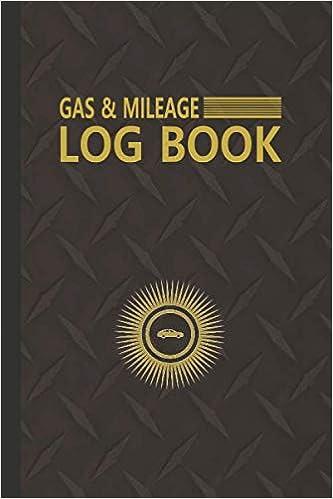

Boston Athletic Supply (BAS) makes game jerseys for athletic teams. The S. H. Kaiser soccer club has offered to buy 140 jerseys for the teams in its league for $12 per jersey. The team price for such jerseys normally is $14, a 75% markup over BAS's purchase price of $8 per jersey. BAS adds a name and number to each jersey at a variable cost of $1 per jersey. The annual fixed cost of equipment used in the printing process is $7,900, and other fixed costs allocated to jerseys are $2,100. BAS makes about 2,500 jerseys per year, so the fixed cost is $4 per jersey. The equipment is used only for printing jerseys and stands idle 75% of the usable time. The manager of BAS turned down the offer, saying, "If we sell at $12 and our cost is $13, we lose money on each jersey we sell. We would like to help your league, but we can't afford to lose money on the sale." Read the requirements. C Less variadie costs: Purchase cost 1,120 140 Variable printing cost Total variable costs 1,260 Contribution margin 420 0 Total fixed costs $ 420 Operating income Requirement 2. Suppose you were the manager of BAS. Would you accept the offer? In addition to considering the quantitative impact computed in requirement 1, list two qualitative considerations that would influence your decision-one qualitative factor supporting acceptance of the offer and one supporting rejection. If maximizing operating income in the short run were the only goal, the order should be accepted. One reason to reject the offer is that accepting S. H. Kaiser's offer may generate similar (low) offers from other clubs who now willingly pay the $14 normal price. Increased profits on such business might more than offset the gain on sale from S. H. Kaiser. On the other hand, a reason to accept the offer is that this might be a way of gaining S. H. Kaiser as a regular customer who will then buy other items that generate an even greater profit. Peters Company produces and sells picture frames. One particular frame for 8 x 10 photos was an instant success in the market, but recently competitors have come out with comparable frames. Peters has been charging $10.50 wholesale for the frames, and sales have fallen from 9,000 units last year to 7,500 units this year. The product manager in charge of this frame is considering lowering the price to $8.50 per frame. He believes sales will rebound to 9,000 units at the lower price, but they will fall to 6,500 units at the $10.50 price. The unit variable cost of producing and selling the frames is $8.00, and $72,000 of fixed cost is assigned to the frames. Requirements 1. Assuming that the only prices under consideration are $8.50 and $10.50 per frame, which price will lead to the largest profit for Peters? Explain why. 2. What subjective considerations might affect your pricing decision? C Requirement 1. Assuming that the only prices under consideration are $8.50 and $10.50 per frame, which price will lead to the largest profit for Peters? Explain why. The total profit at the $8.50 price would be $ whereas the profit at the $10.50 price would be $ The price per frame should be chosen as it results in greater profits








